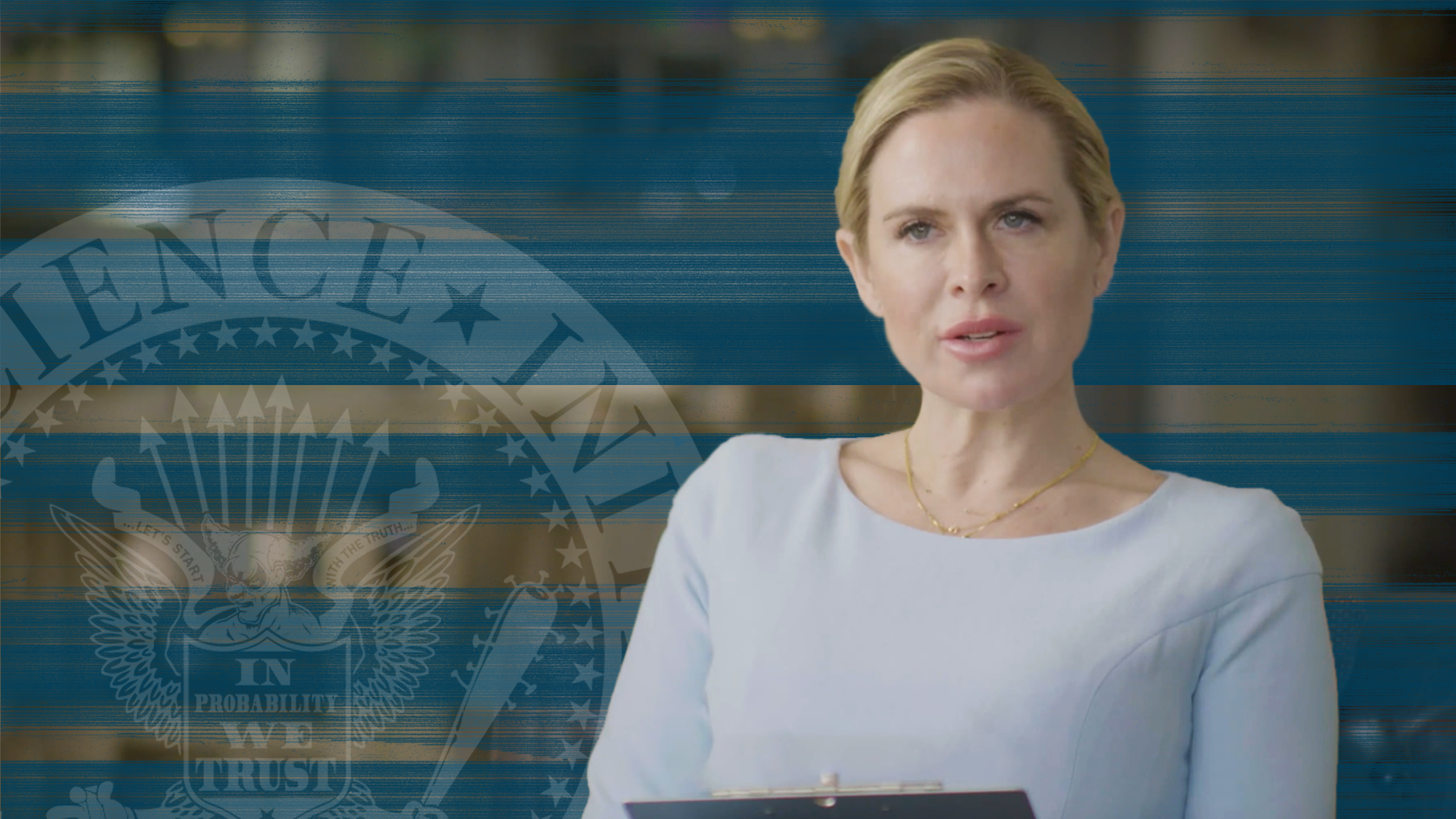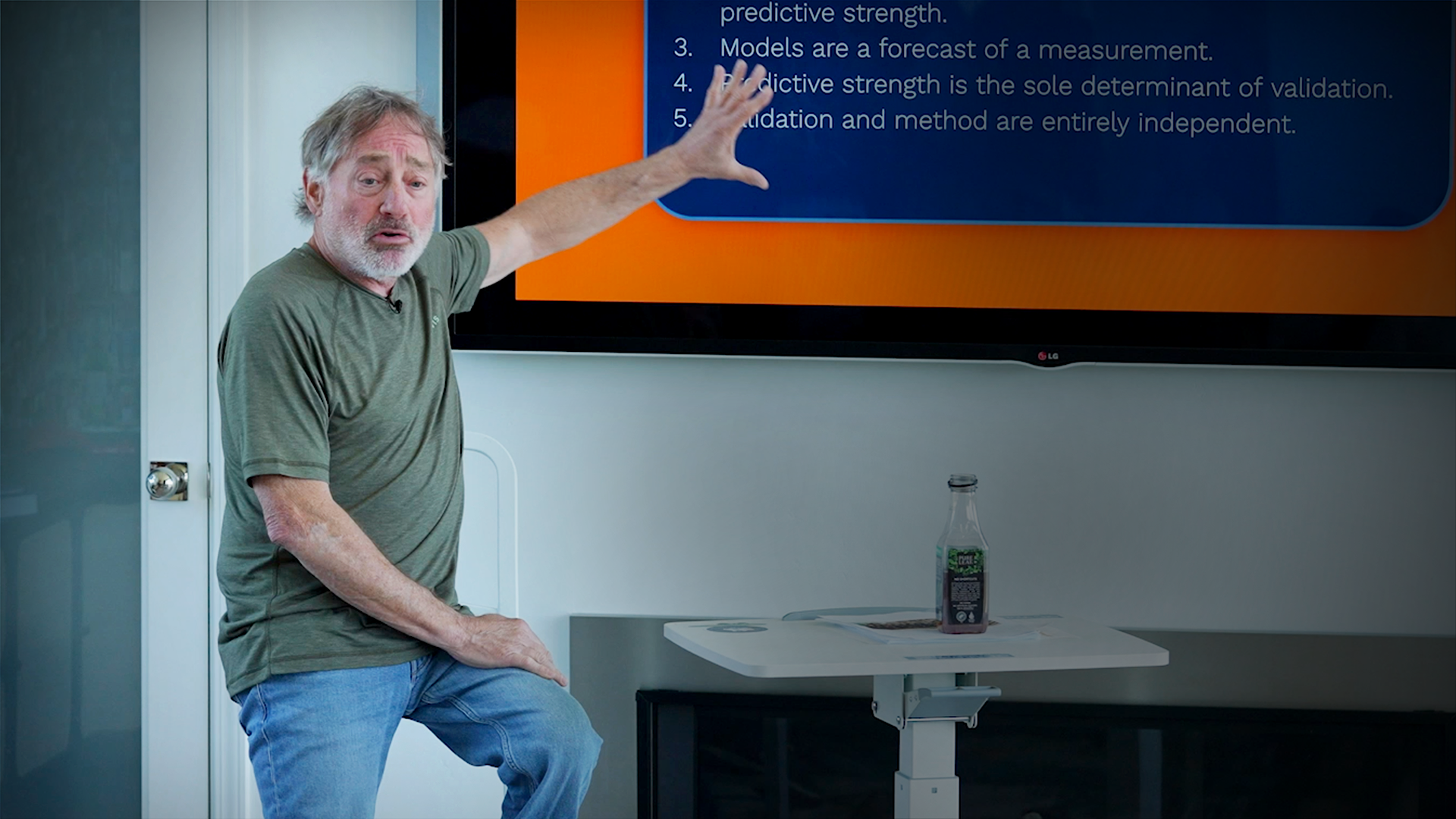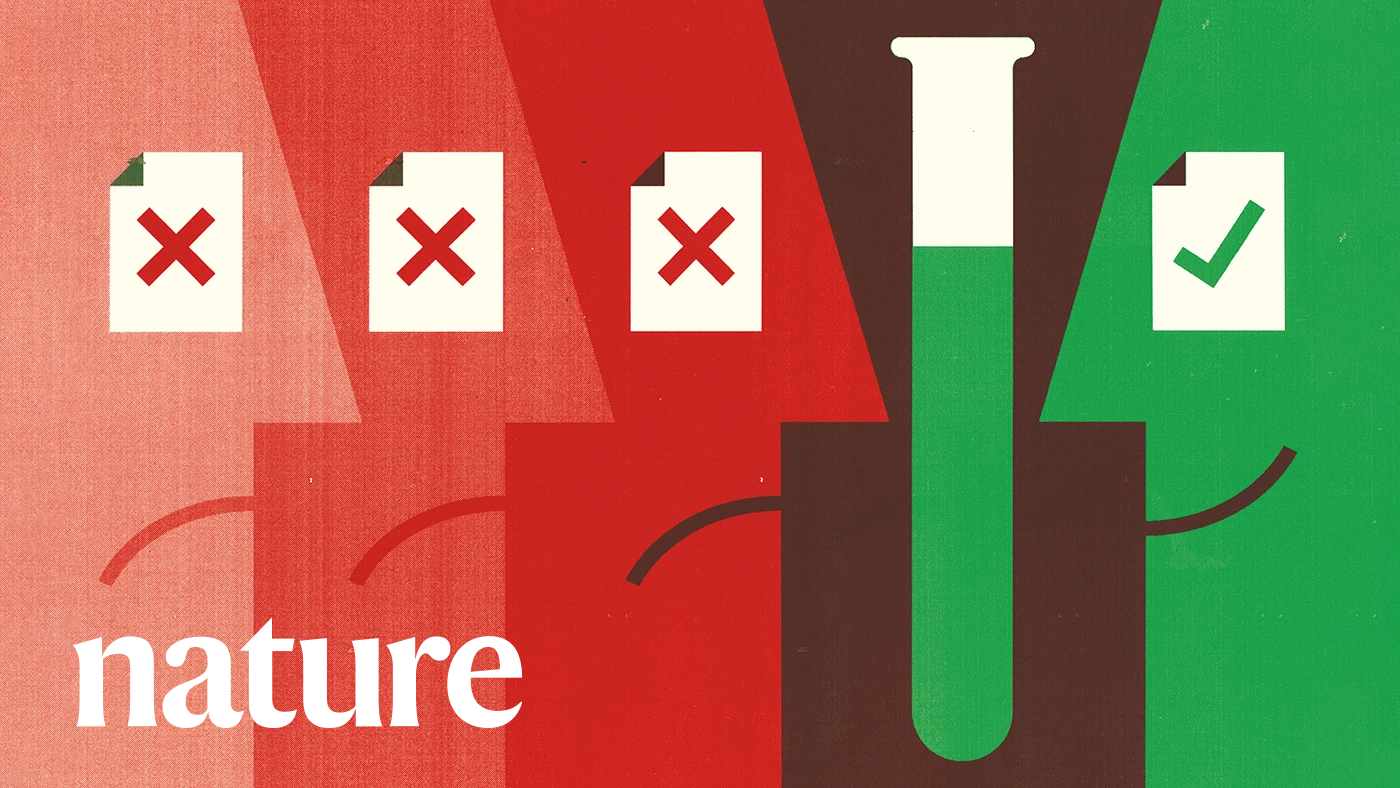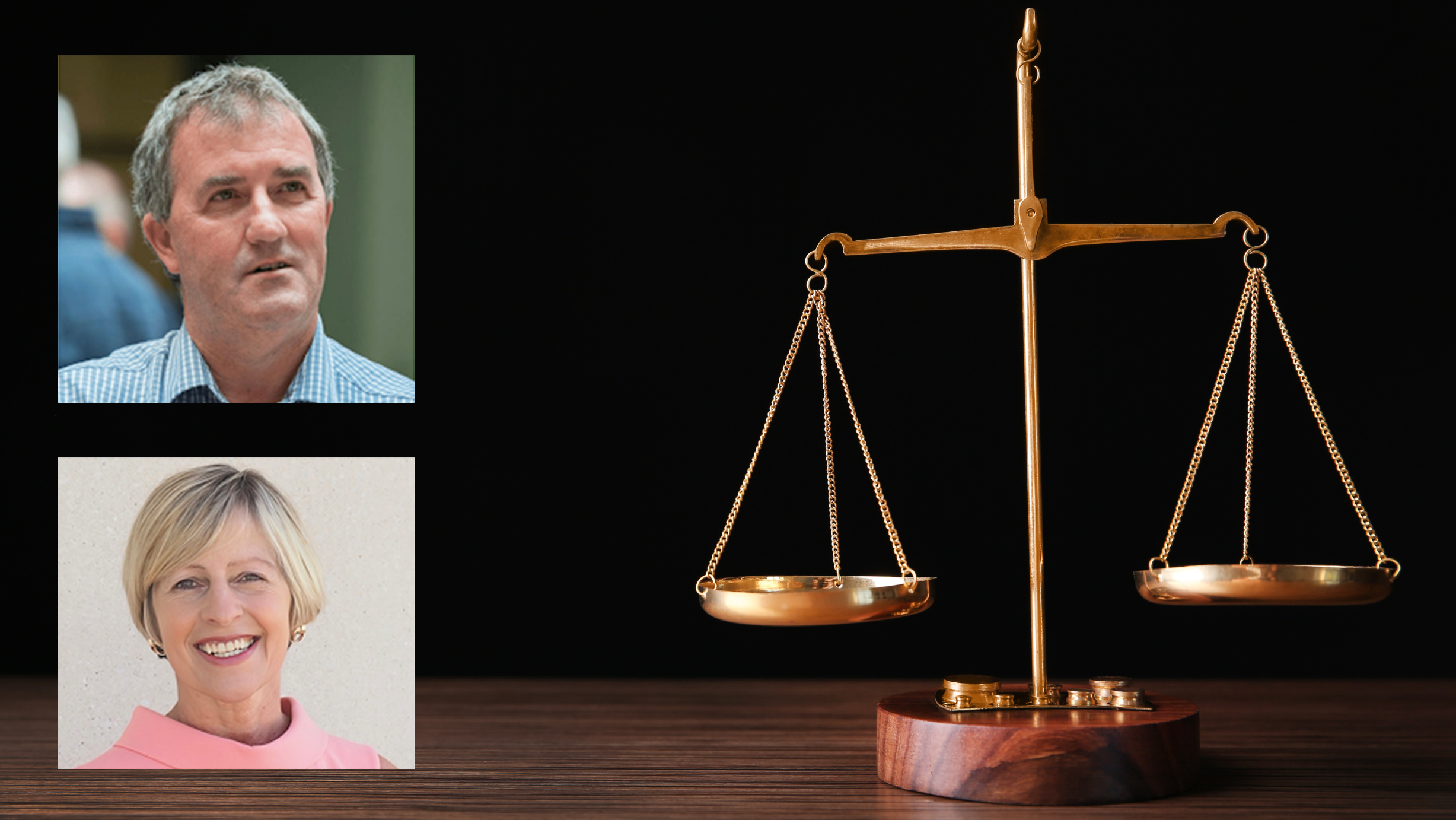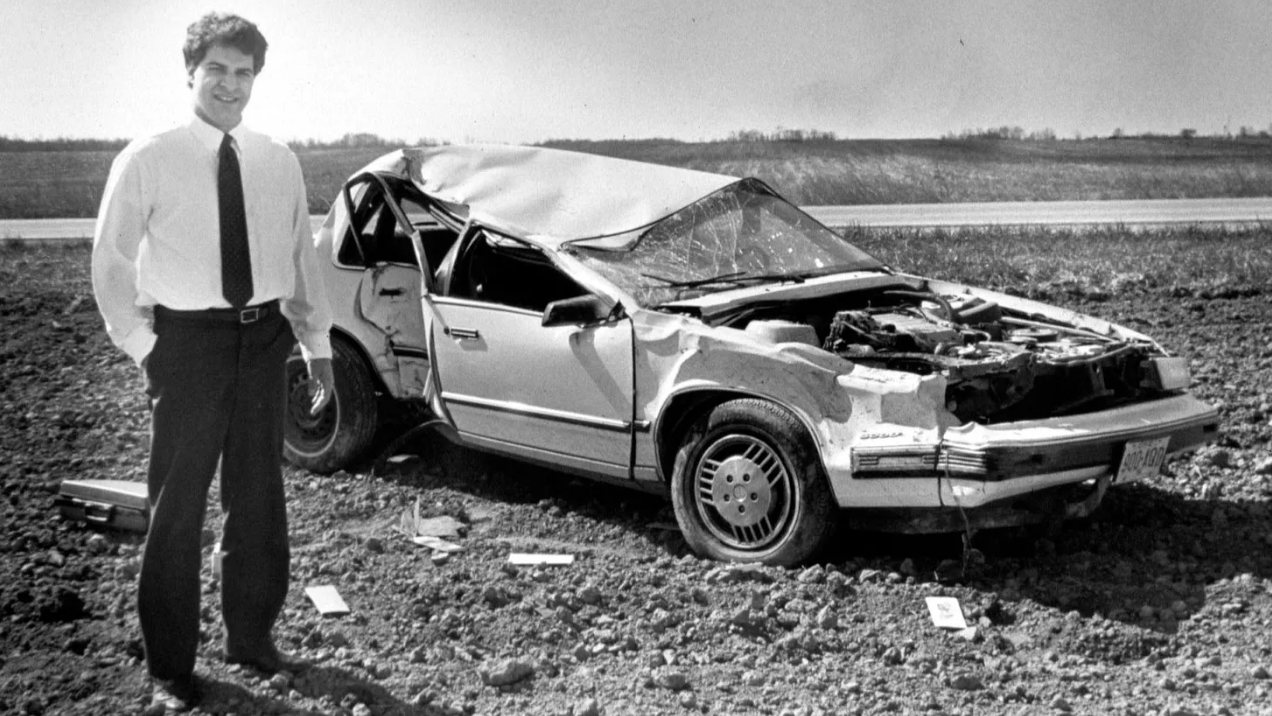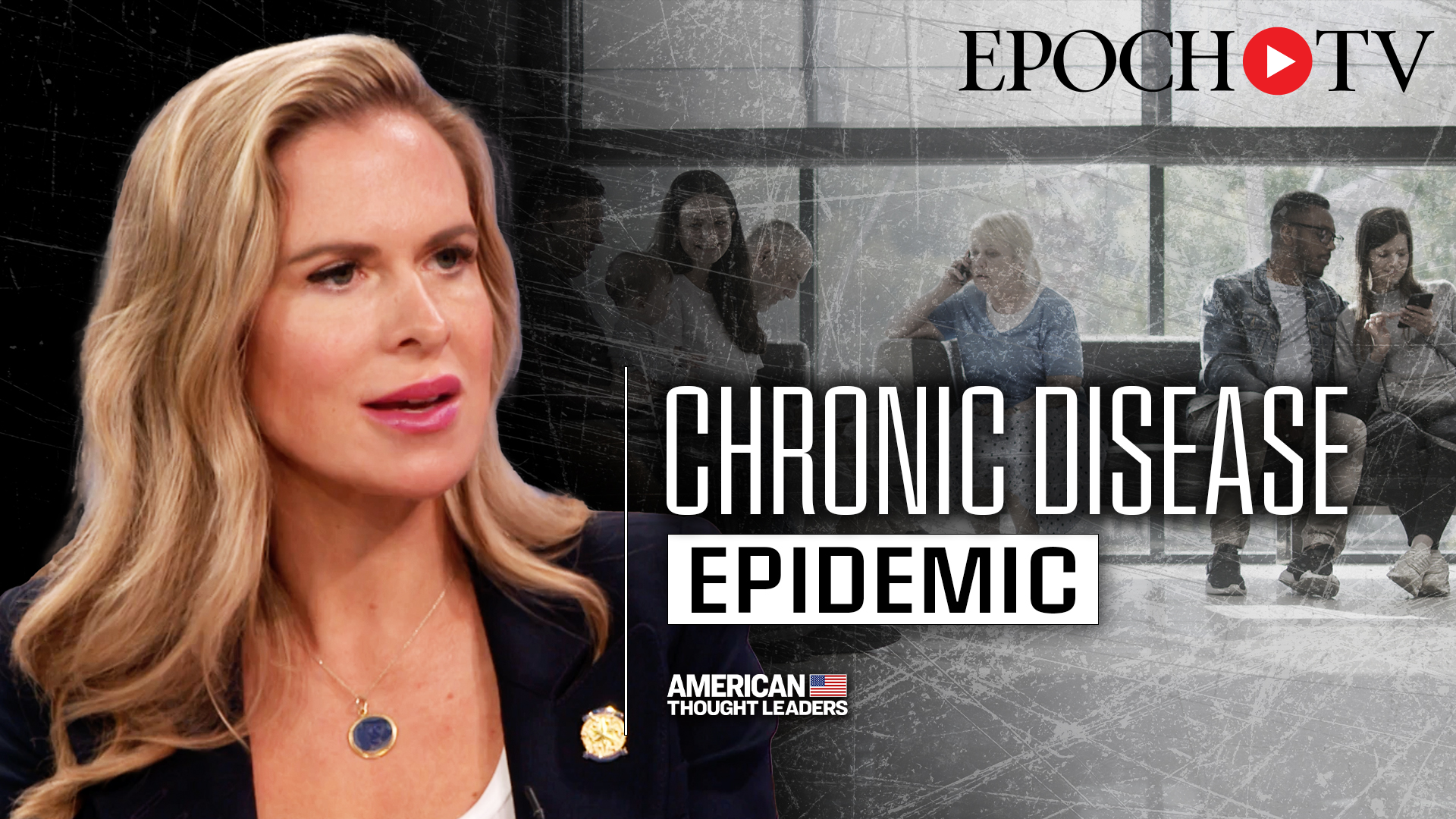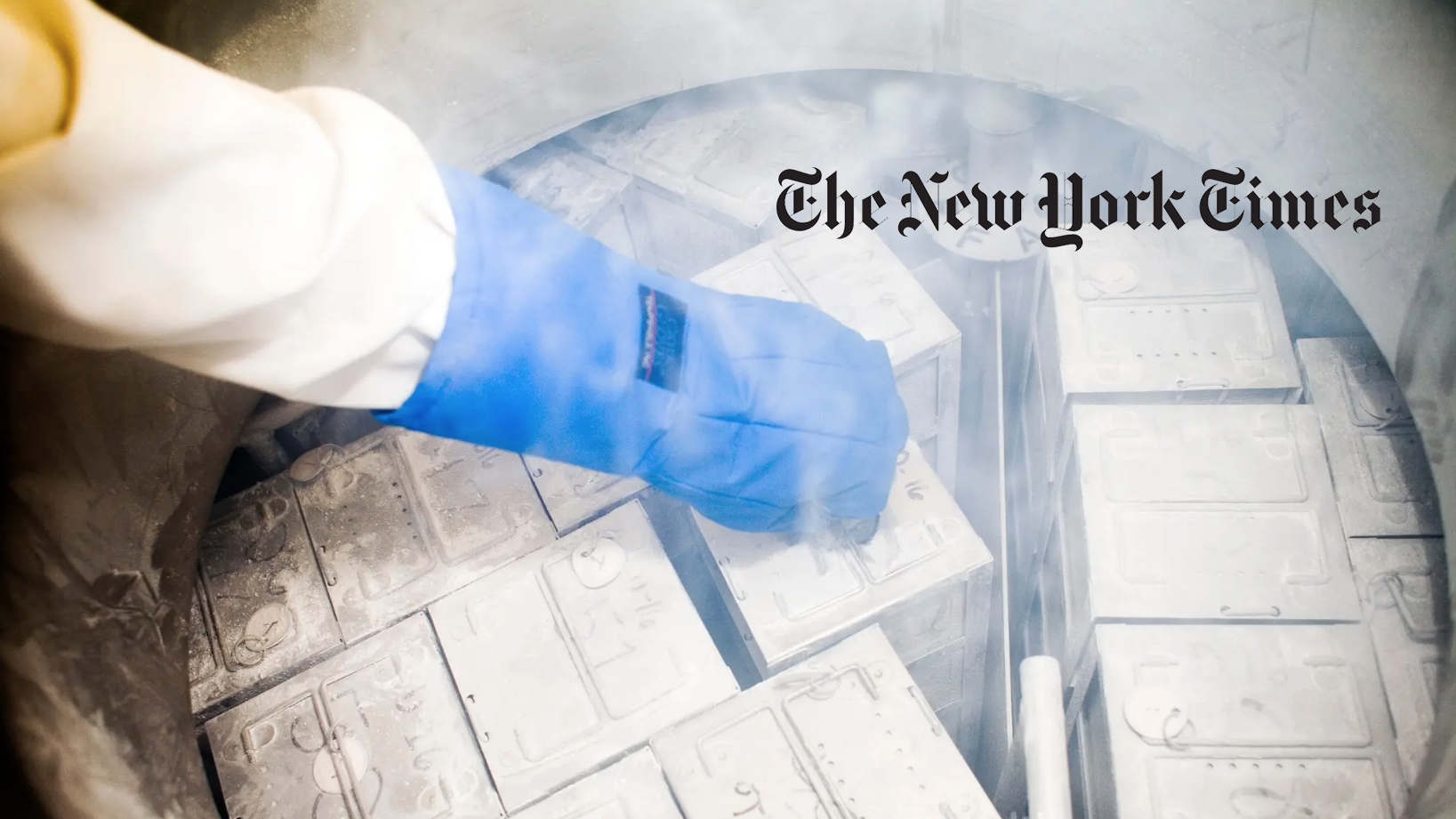Category: Health and Medicine
Category: Health and Medicine
In this journal club, Bob Kaplan reviews the 2014 study “Low Protein Intake Is Associated with a Major Reduction in IGF-1, Cancer, and Overall Mortality in the 65 and Younger but Not Older Population”
By Bob KaplanComing August 28th! This episodic series from BSI's Emily Kaplan aims to change our collective conversation through art and science.
In early May 2024, Greg Glassman hosted a group of friends for tacos and an informal presentation of what science is, and the problems with the science of today.
Is the placebo effect real? Evidence Based Medicine is built upon controlled trials, but the positive effects demonstrated in these trials may not actually exist.
Researchers have tried a bunch of strategies to get more negative results into the literature. Nature asks whether they are working.
The case shines a light on how journalists cover scientific issues and how the media seeks to discredit those who challenge the official narrative.
Why the greatest scientific experiment in history failed, and why that's a great thing.
Epoch TV recently released an interview with BSI’s Emily Kaplan on their show American Thought Leaders with Jan Jekielek.
By Emily KaplanFamilies pay thousands of dollars to store their children’s stem cells with the hope of a healthier future. But the cells are rarely useful, and sometimes contaminated.

